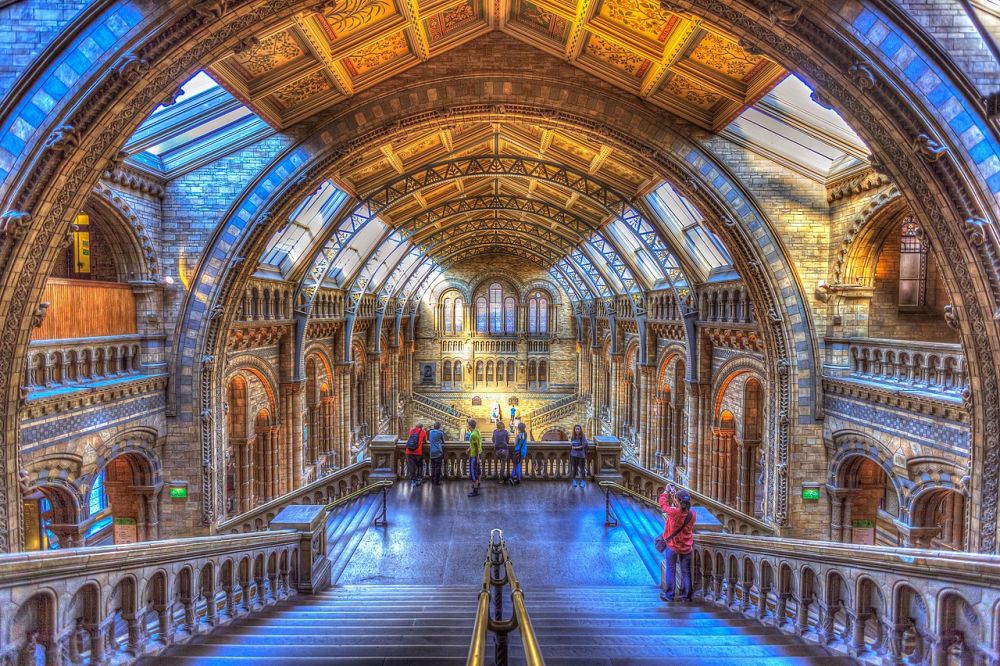

The Natural History Museum in London is one of the most iconic and well-regarded institutions of its kind in the world. It has long stood as a bastion for the preservation, exploration, and education of the natural world. Since opening its doors to the public in 1881, the Museum has been an immediate attraction for both locals and tourists alike.
Initially part of the British Museum, the Natural History Museum became a separate entity due to the burgeoning collection and the need for more specialized care of natural history artifacts. This paved the way for the construction of the current Romanesque building in South Kensington, specifically designed to house the natural history collections. The building itself, often considered a cathedral to nature, is a work of art and has played a significant role in attracting visitors.
Notably, the Museum gained huge popularity with the display of dinosaur skeletons, which has been a significant draw for visitors young and old. The most famous of these is the Diplodocus cast, known affectionately as ‘Dippy’, which stood in the central Hintze Hall until 2017. The Museum continues to captivate imagination and attract millions of visitors each year with its ever-evolving exhibits.
In recent years, the Natural History Museum has responded to the changing landscape of tourism with innovation and a commitment to sustainability. One of the latest trends has been an increased focus on interactive and immersive experiences. The Museum now offers virtual reality tours, interactive exhibits, and behind-the-scenes access to collections, providing new ways to engage with its vast array of specimens.
Another trend gaining momentum is the use of the Museum's space for after-hours events such as "Lates" where adults can explore the galleries in the evening, often accompanied by live music and refreshments. These events have added a new dimension to the Museum's appeal, drawing diverse audience groups.
Sustainability is another key focus, with the Museum actively working to reduce its environmental impact. Efforts include reducing plastic use, improving energy efficiency, and educating visitors on the planet's biodiversity and the importance of conservation through dynamic exhibits on topics like climate change.
Additionally, the Museum has placed a strong emphasis on digital accessibility. With the advent of COVID-19 and the resulting restrictions on travel, the Museum expanded its online offerings, making its collections and educational content available worldwide through virtual tours and online exhibits. As travel norms change, the Museum continues to adapt its approach to remain a top destination for tourists interested in natural history.
Today, The Natural History Museum remains a top tourist destination in London. Entry to the Museum remains free, although donations are encouraged, and there may be charges for special exhibitions. With the Museum's continued efforts to offer new and enriching experiences, visitors to London continue to include this beloved institution on their must-see lists.